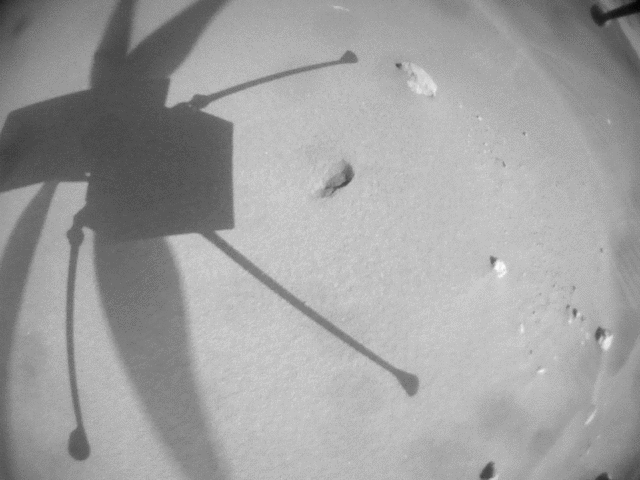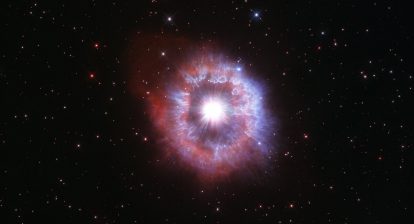The extrasolar planetary system known as HR8799 was the first ever to be directly imaged in 2008. HR8799 is a compact star located 133.3 light-years away from Earth in the Pegasus constellation, albeit in our solar neighbourhood. It is 1.5 times more massive than our Sun and around 5 times more bright. However, it much younger than our home star at a mere 30 million years.

This image shows three planets orbiting the star HR 8799. It was obtained with the Keck II telescope on Hawaii. Credit: C. Marois et al., NRC Canada.
Now due to the work of an intrepid researcher, we have a video of the system with the planets orbiting their star! Northwestern University astrophysicist Jason Wang used observations collected over 12 years to create an absolutely stunning time-lapse video of the family of four planets — each more massive than Jupiter — orbiting their star. Wang and his colleagues used the W. M. Keck Observatory, located on the top of Mauna Kea in Hawaii, to observe the system each year.
“It’s usually difficult to see planets in orbit,” Wang said. “For example, it isn’t apparent that Jupiter or Mars orbit our sun because we live in the same system and don’t have a top-down view. Astronomical events either happen too quickly or too slowly to capture in a movie. But this video shows planets moving on a human time scale. I hope it enables people to enjoy something wondrous.”
Wang used technology known as “adaptive optics” to correct image blurring caused by Earth’s atmosphere, as well as specialized instrumentation, called a “coronagraph,” and processing algorithms to suppress the glare from the system’s central star (this is the reason the video has a black circle in the middle). Then he used a form of video processing to fill in data gaps and smooth out the planets’ motion – this was to stop it from jumping around in the video.
(First Time Ever! Two Planets Around a Sun-like Star Photographed)
Although we see four faint dots circling their star, these planets are massive gas giants. Wang compares them to “scaled up versions” of Jupiter, Saturn, Neptune and Uranus. According to the statement, “The planet nearest the star takes about 45 Earth years to make one revolution. The farthest planet, on the other hand, takes nearly 500 years to trace the same path.”
“There’s nothing to be gained scientifically from watching the orbiting systems in a time lapse video, but it helps others appreciate what we’re studying,” Wang said. “It can be difficult to explain the nuances of science with words. But showing science in action helps others understand its importance.”
“In astrophysics, most of the time we are doing data analysis or testing hypotheses,” he said. “But this is the fun part of science. It inspires awe.”
An expert in exoplanet imaging, Wang is an assistant professor of physics and astronomy in Northwestern’s Weinberg College of Arts and Sciences and a member of the Center for Interdisciplinary Exploration and Research in Astrophysics (CIERA).







